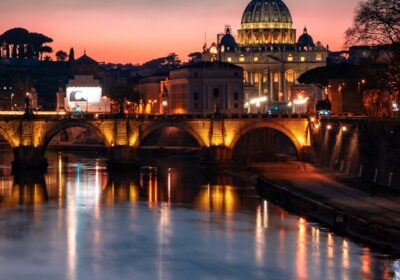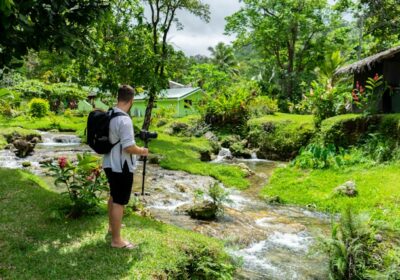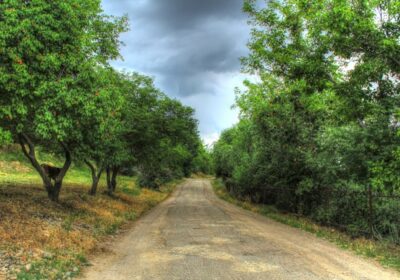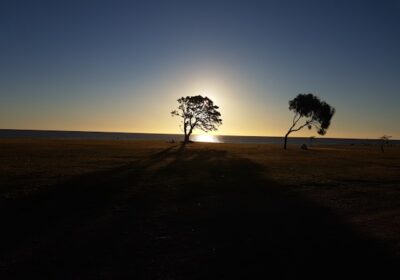Exploring Malta: A Mediterranean Jewel
Malta, an archipelago in the central Mediterranean, is a small yet captivating destination known for its rich history, stunning landscapes, and vibrant culture. With its ancient temples, charming towns, and crystal-clear waters, Malta offers an unforgettable travel experience. Here’s an in-depth guide to exploring Malta and its myriad attractions.
Historical Significance
Ancient and Medieval Heritage
Malta’s history spans thousands of years, with influences from various civilizations.
- Prehistoric Temples: Malta is home to some of the oldest free-standing structures in the world. The Ġgantija Temples on the island of Gozo and the Ħaġar Qim and Mnajdra temples on Malta are UNESCO World Heritage sites that date back to around 3600 BC.
- Knights of St. John: The Knights of St. John, also known as the Knights Hospitaller, ruled Malta from 1530 to 1798. They left a lasting legacy, including the impressive St. John’s Co-Cathedral and the fortifications of Valletta, Malta’s capital.
- World War II: Malta played a crucial role during World War II and was heavily bombed. The resilience of its people earned the entire nation the George Cross for bravery.
Architectural and Cultural Marvels
Valletta
Valletta, the capital city, is a UNESCO World Heritage site and a treasure trove of history and culture.
- St. John’s Co-Cathedral: This stunning Baroque cathedral is renowned for its ornate interior and Caravaggio’s masterpiece, The Beheading of Saint John the Baptist.
- Upper Barrakka Gardens: These beautiful gardens offer panoramic views of the Grand Harbour and the Three Cities.
- Grandmaster’s Palace: Once the residence of the Grand Master of the Knights of St. John, this palace now houses the Office of the President of Malta and a museum.
Mdina and Rabat
Mdina, known as the “Silent City,” and its neighboring town Rabat offer a glimpse into Malta’s medieval past.
- Mdina Cathedral: The Cathedral of St. Paul, located in Mdina, is a magnificent example of Baroque architecture.
- St. Paul’s Catacombs: These ancient underground burial sites in Rabat provide insight into early Christian practices in Malta.
Natural Beauty
Stunning Landscapes
Malta’s natural beauty is showcased in its diverse landscapes, from rugged cliffs to serene beaches.
- Blue Lagoon: Located on the small island of Comino, the Blue Lagoon is famous for its crystal-clear turquoise waters, making it a popular spot for swimming and snorkeling.
- Dingli Cliffs: These dramatic cliffs on the western coast of Malta offer breathtaking views of the Mediterranean Sea.
- Gozo: The island of Gozo is known for its lush countryside, beautiful beaches, and the stunning Azure Window (which collapsed in 2017 but remains a popular dive site).
Outdoor Activities
Malta’s diverse landscapes provide ample opportunities for outdoor activities.
- Diving and Snorkeling: The clear waters around Malta, Gozo, and Comino are perfect for diving and snorkeling. Explore underwater caves, shipwrecks, and vibrant marine life.
- Hiking and Cycling: The islands offer numerous trails for hiking and cycling, allowing visitors to explore the natural beauty and historical sites at their own pace.
Cultural Experiences
Festivals and Events
Malta’s cultural calendar is filled with vibrant festivals and events that celebrate its rich heritage.
- Carnival: Held in February, Malta’s Carnival features colorful parades, elaborate costumes, and lively street parties.
- Holy Week and Easter: Religious processions and events take place throughout Malta during Holy Week, culminating in the grand celebrations of Easter Sunday.
- Festa Season: During the summer months, towns and villages across Malta celebrate their patron saints with festas, which include fireworks, band marches, and religious processions.
Cuisine and Dining
Maltese cuisine is a delightful blend of Mediterranean flavors and local specialties.
- Traditional Dishes: Must-try dishes include rabbit stew (fenkata), pastizzi (flaky pastries filled with ricotta or mushy peas), and lampuki pie (fish pie).
- Seafood: Being an island nation, Malta offers an abundance of fresh seafood. Enjoy dishes like grilled octopus, fish soup (aljotta), and sea urchin pasta.
- Local Wines: Maltese wines are gaining international recognition. Visit local wineries to sample varieties like Gellewza and Girgentina.
Practical Tips for Visitors
Best Time to Visit: The best time to visit Malta is during the spring (April to June) and autumn (September to November) months when the weather is pleasant and the tourist crowds are smaller.
Getting There: Malta International Airport in Luqa is the main gateway to the country, with flights from major European cities. Ferries also connect Malta to Sicily.
Accommodation: Malta offers a range of accommodation options, from luxury hotels and boutique guesthouses to budget-friendly hostels and self-catering apartments.
Currency: The official currency is the Euro (€), and major credit cards are widely accepted. ATMs are readily available across the islands.
Language: Maltese and English are the official languages. English is widely spoken, especially in tourist areas.
Respecting Local Customs: While Malta is a tourist-friendly destination, it’s important to respect local customs and traditions. Dress modestly when visiting religious sites and be mindful of local etiquette.
Reflection and Farewell
Malta, with its rich history, stunning landscapes, and vibrant culture, offers a unique and enriching travel experience. Whether you are exploring ancient temples, diving into the crystal-clear waters, or savoring the local cuisine, Malta promises an unforgettable journey.
Plan your visit to this Mediterranean jewel and discover the charm and beauty that make Malta a must-visit destination.






Leave feedback about this